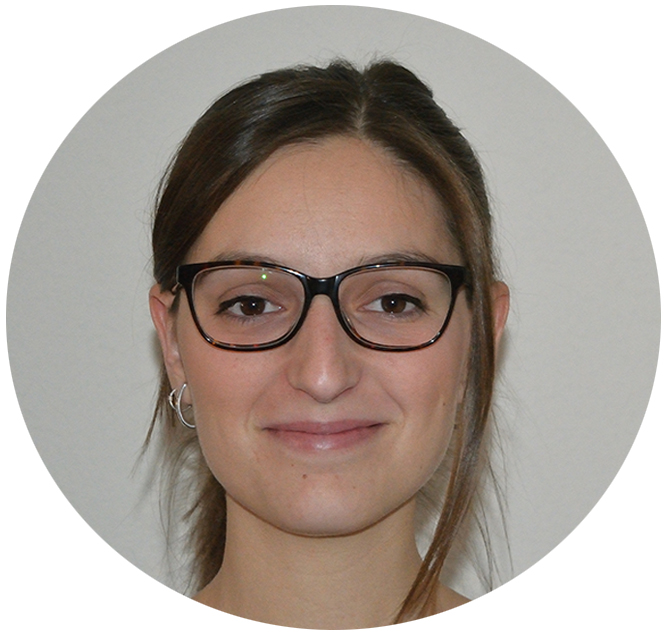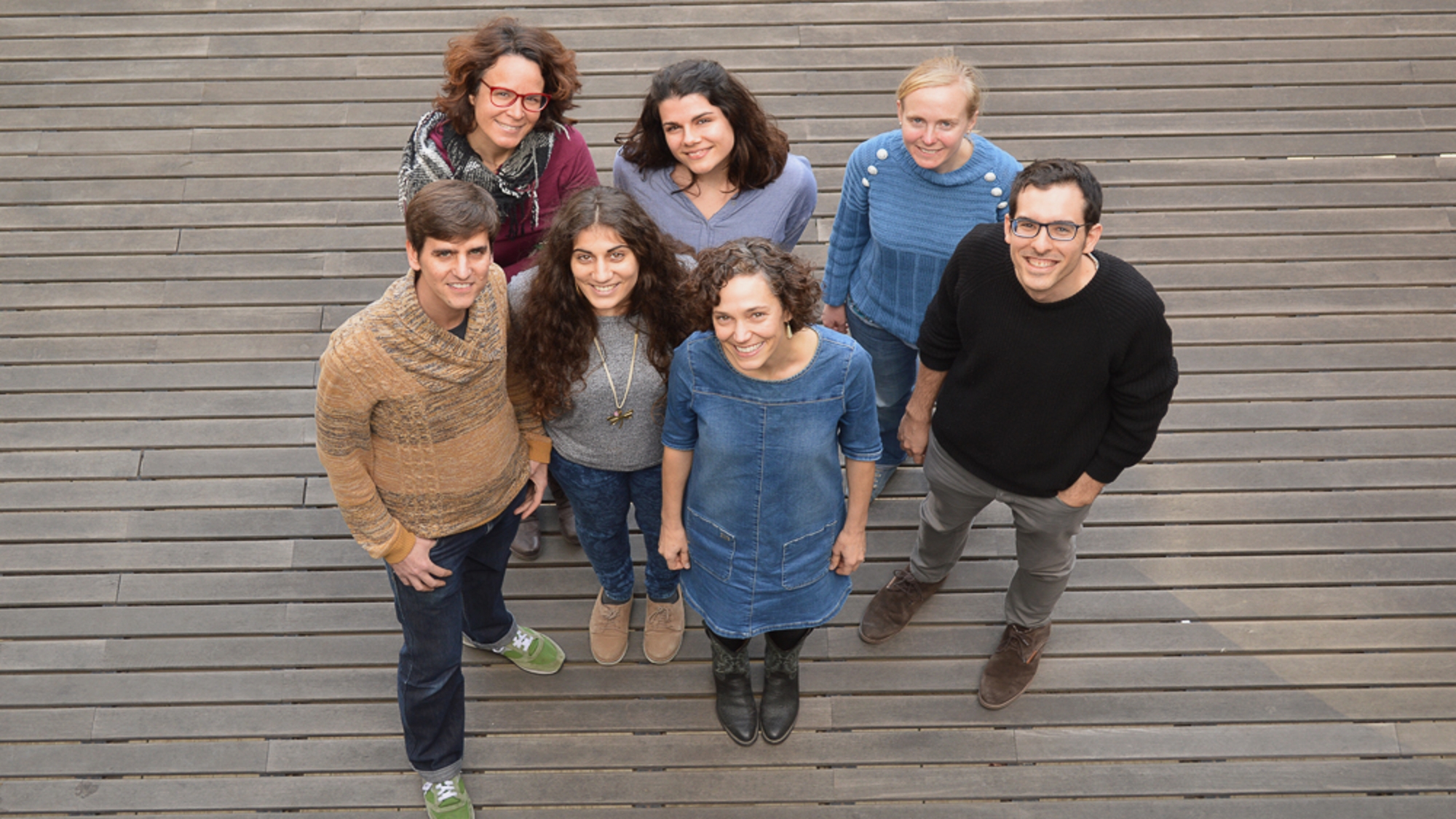Cathryn Tonne joined the Barcelona Institute for Global Health (ISGlobal) in 2015 to study the effects of air pollution and noise exposure. Her group mainly works on a European Research Council (ERC) funded project called CHAI (Cardiovascular Health effects of Air pollution in Telangana, India), which focuses on the link between cardiovascular risk and air pollution in a peri-urban population in southern India.
The CHAI project involves a large team located in India, the US, and Barcelona. “Our group is quite multidisciplinary; we are mostly statisticians, epidemiologists, and air pollution scientists”, explains the researcher.
A good setting for research
Most of the literature on air pollution and health is based on high-income countries where air pollution levels are not very high, so it still does not cover much of the global exposure range. “This setting in southern India is attractive for our research because there is a lot of variability in exposure, and it also includes some high exposure levels linked to occupational settings and biomass combustion”, says Tonne. “Hopefully this research will address an important gap in the available evidence”, she continues.
The CHAI project builds on an existing cohort of 7000 people living in about 30 villages outside the city of Hyderabad. “We measured air pollution and other environmental exposures and linked them to the detailed data on health outcomes that have already been measured in the cohort”, says the British researcher. The data collection finished almost a year ago and the cleaned and well-documented data are now being analysed.
“In southern India there are high air pollution exposure levels linked to occupational settings and biomass combustion”
Cathryn Tonne
Monitoring participants
CHAI conducted intensive monitoring of air pollution, as well as people’s locations and activities using miniature air pollution monitors, GPS and wearable cameras, which gave the researchers a good idea of what people were doing and when and where they were exposed to high levels of air pollution. The preliminary results show the exposure levels and where the contamination is coming from, but analyses have yet to be done linking exposure to health outcomes. It is already clear that exposure patterns are very different for men and women. The latter are primarily exposed at home whereas men are affected whilst travelling and at work.
“In the future, it would be very interesting to look at other environmental exposures. This population is largely engaged in agricultural occupations but we are not looking at pesticides in CHAI”, explains Tonne.
It would be highly relevant to follow up the population in the future and see how environmental exposure changes over time. The study area is experiencing rapid urbanisation, which is linked to more sedentary behaviour, changes in diet, and increased cardio-metabolic risk. “Air pollution levels are also much higher in the nearby city than in the villages; as the city grows and envelopes the villages, it will probably mean greater air pollution exposure for the participants in the future”, says the head of the group.
“In the future, it would be very interesting to look at other environmental exposures such as pesticides”

Giving feedback
There is still relatively little awareness among the population that biomass burning is potentially damaging for both human health and the environment. The researchers are thinking about ways to give feedback to the participants, many of whom are illiterate. The CHAI team aim to explain why air pollution is important for the participants’ health and how they can reduce their exposure. “Our approach will involve working with the village leaders, who can give us useful inputs about what is valuable for the community. These leaders can also make local decisions, like whether the village gets a connection with a liquefied petroleum gas distributor, which provides much cleaner fuel than biomass”, says Tonne. “Presenting information in an effective format is essential because there are some relatively low-cost changes that could be made by participants or local industries to reduce the population’s air pollution exposure” she concludes.







